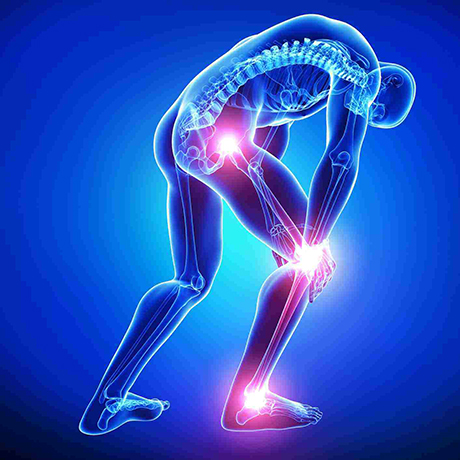Improving Cardiac and Pulmonary Wellness Via Structured Exercise in Cardiac-Pulmonary Rehabilitation Programs.
Improving Cardiac and Pulmonary Wellness Via Structured Exercise in Cardiac-Pulmonary Rehabilitation Programs.
Blog Article
Cardiopulmonary recovery initiatives are crucial for patients dealing with heart and lung disorders. These initiatives aim to enhance general health through organized exercise, education, and support. Participants take part in multiple exercises designed to strengthen the heart and lungs, enhance physical fitness, and encourage a better lifestyle. By focusing on exercise tailored to each person's abilities, these programs help patients heal faster and reduce the risk of future complications.
Physical activity is a vital component of cardiopulmonary rehabilitation. Regular physical activity improves cardiovascular fitness, increases endurance, and helps maintain a fit weight. Patients often start with low-intensity exercises, slowly raising their intensity as they become more at ease and able. This advancement ensures that participants do not push themselves too hard too quickly, which can lead to harm or delays. The objective is to create a secure, supportive environment where patients can develop their strength and self-assurance over time.
In addition to physical exercise, education plays a significant role in these rehabilitation programs. Participants learn about their individual disorders, the significance of treatment adherence, and how to control symptoms. They also receive guidance on nutrition and living changes that can improve heart and lung health. This informational component enables participants to take an proactive role in their recovery, encouraging long-term health benefits beyond the duration of the program.
Assistance from trained professionals is crucial in cardiopulmonary rehabilitation. Healthcare providers, including physicians, nurses, and fitness specialists, collaborate closely with patients get redirected here to monitor their progress and adjust their activity plans as needed. This team approach ensures that each individual receives custom care adapted to their unique needs. Additionally, exchanging experiences with others dealing with similar issues fosters a sense of community and motivation, making it easier to stay dedicated to the initiative.
In conclusion, improving heart and lung health through structured exercise in cardiopulmonary recovery can result to notable improvements in quality of life. Patients often report higher energy levels, better mood, and an overall feeling of well-being. By participating in these programs, patients not only enhance their physical health but also gain valuable knowledge and support that can help them handle their disorders successfully. Embracing a visit this page better lifestyle through structured exercise is a powerful way to encourage longevity and improve overall health.